Research
Search our website
Search our website by entering a keyword or choose a database above to search specifically.
Search
Showing search results 4,481 - 4,490
14,516 results found

Turf cutting axe
Axe with large, heavy and thick (approx. 5 mm), rectangular (approx. 40 cm
by 10 cm) or crescent-shaped (1) iron blade that is connected to a long
(approx. 100 cm) curved stem. The cut of the blade and the tip of the stem
form an angle of about 45 °. The turf cutting axe serves to cut through the
sod - with tough roots - in superficial peat extraction, but also, for
example, where a trench will be dug with the spade to lay drainage pipes
(see drain ladle and pipe layer). When cutting turf to protect dikes or
embankments, a turf axe is also often used to divide the area of the meadow
into long strips, which are then cut across with the garden spade and then
loosened with the paring spade (2). Such an axe is also sometimes used as a
dung axe, to cut through the caked manure of the stable. See also the
flauchter spade and sod cutter. [MOT] (1) Eg. DEBY from DAVID 1975: 140.
(2) Eg. FRICK & CANAUD: 508.

Weeding hoe
Hand tool consisting of a hoe-shaped blade (see hoe) (approx. 7-10 cm by
5-7 cm) and two or three teeth (approx. 10 cm), which are attached at right
angles to a straight handle opposite each other. The weeding hoe is used
for weeding and to loosen the top layer of the soil. It can be
distinguished from the small weeding hoe by the length of the handle:
approx. 120 cm for the weeding hoe, compared to 30-40 cm for the small
model (1). See also this tool with two teeth, the garden hoe,
grubber and dung hoe. [MOT] (1) See the article DAVID: La serfouette, un
outil "flamand"?.

Weeding fork
The weeding fork is a forged - now also made of stamped sheet iron - fork
with two to five tines (approx. 3-8 cm long; approx. 0.5-3 cm between the
tines) and a short handle - made of wood, aluminum or plastic - with which
the gardener and flower grower to turn loose soil around a plant and remove
weeds. Can be distinguished from the weed digger and the little digging
fork. See also the gardener's trowel, hand hook and grubber. [MOT]

Wheel pricker (saddlemaker)
The wheel pricker (approx. 23-27 cm) of the saddler has a toothed,
exchangeable metal wheel that is placed in a U-shaped bracket; the slightly
curved shaft is fixed in a wooden handle. The teeth are wedge-shaped and
placed at an oblique angle (45 °) to the circumference of the wheel.It is
used to mark and partially penetrate the leather before sewing (see also
awl). This makes it easier for the needle to pass through and ensures an
even distance between the stitches. You can roll with the wheel pricker
over the leather with a ruler as a guide (1). For the same purpose, a
chisel with a flared, similarly toothed blade can also be used.See also the
shoemaker's wheel pricker and the wheel pricker for stenciles. [MOT](1)
FRUMAU: 56.

Wheel pricker (for stencile)
The tailor uses a wheel pricker (approx. 20 cm) to transfer the lines of
the pattern to the fabric, the painter to transfer the lines of a stencil.
The tool has a toothed wheel (approx. 2 cm in diameter) that sits in a
U-shaped bracket at the end of a metal shaft; the shaft sticks with a tang
in a wooden handle, sometimes wheels with different teeth can be attached
to the bracket. The wheel pricker for fabric is exceptionally foldable: the
wheel then disappears into a metal handle. Can be distinguished from the
wheel pricker (shoe maker) because the teeth are less sharp and closer
together. See also wheel pricker (saddle maker). [MOT]

Wheel lug wrench
This text can only be consulted in Dutch
<https://www.mot.be/resource/Tool/wheel-lug-wrench?lang=nl>

Tasting knife
A tasting knife is a light (approx. 50 g) long (approx. 25 cm) and narrow
(approx. 1 cm) pocket knife that is used to taste sausages and other fine
meats at fairs, etc. (1). The blade is often partially serrated to easily
cut the sausage. [MOT] (1) According to SARGENT: 18, the knife would be
used to test melon or citrus fruits.

Wax tongs
This text can only be consulted in Dutch
<https://www.mot.be/resource/Tool/wax-tongs?lang=nl>

Sugar sprinkle spoon
This text can only be consulted in Dutch
<https://www.mot.be/resource/Tool/sugar-sprinkle-spoon?lang=nl>

Welt cutter
The shoemaker trims the sole edge with a welt cutter after it has been
sewn. The hand tool has a circular head with an oblique cut at the top and
a thickness guide with a curled edge at the top. That edge ensures that no
damage is made to the upper leather. The head is fixed in a wooden or
hollow metal handle. [MOT]








